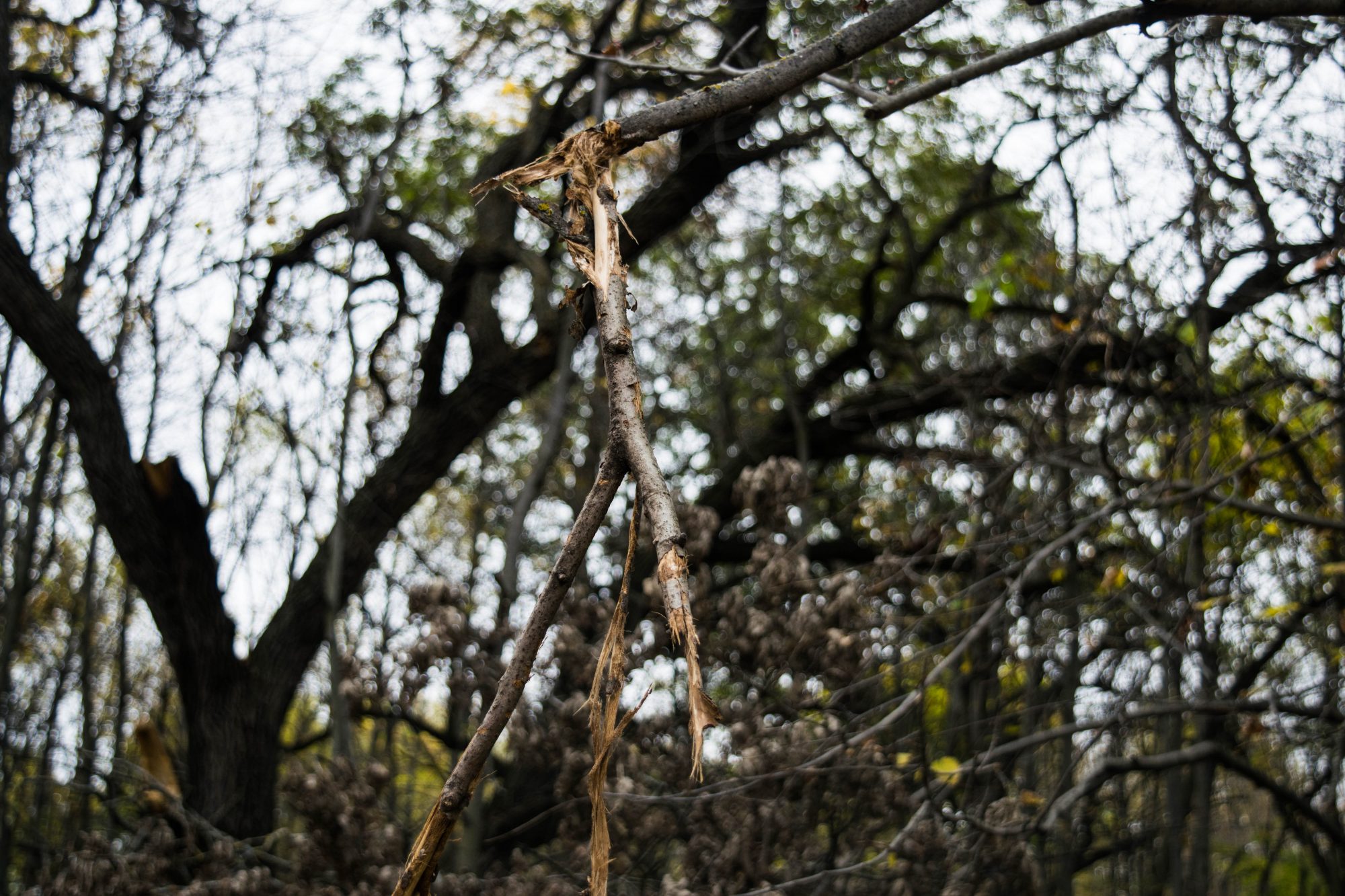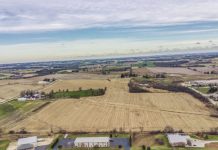
Nov. 1, 2018 – Slinger, WI – Scrapes are a highly talked about commodity in the world of deer hunting. Though bucks are using scrapes for communication purposes throughout the entire year, late October/early November is when they’re hitting them most frequently, opening up the ground, and it gets every bowhunter excited.
How Do You Know What Kind of Scrapes to Hunt?
As scrapes start popping up potentially anywhere, you might not know the difference between what scrapes to hunt, or what they really mean.
First off, any field edge scrape is mostly going to be worked during the cover of darkness. This isn’t 100% obviously, as nothing in deer hunting ever is. But it’s a general rule that I usually go by. If I’m in an area, I’ll sometimes put up a trail camera over a field-edge scrape though, just to see what bucks might be in the area.
What I am looking for, and what I think can be a great hunting setup, is locating scrapes near bedding areas. If you can identify potential bedding spots through map scouting, what I’ll do is scout the fringes of those bedding areas. I’m not going to bulldoze right through to them, but on the outskirts of those bedding areas, if you can locate a scrape, that could be a spot that a buck will visit in daylight.
 A licking branch that’s completely destroyed over an active scrape.
A licking branch that’s completely destroyed over an active scrape.
When Do You Hunt These Scrapes?
Once you’ve found a scrape that is back in the timber and close to bedding, the next question is figuring out when to hunt it. If you can’t hunt right away after locating it for whatever reason, my first recommendation is throwing a trail camera up over the scrape. I won’t wait long to check it though. If you wait too long before you check the camera, the data you gain from it could be irrelevant.
Other than that, I like to hunt scrapes that are close to bedding before the rut really kicks in. Odds are if a mature buck is using that scrape, he’ll …..
Click HERE to read the rest of the article by Alex Comstock at Legendary Whitetails.





